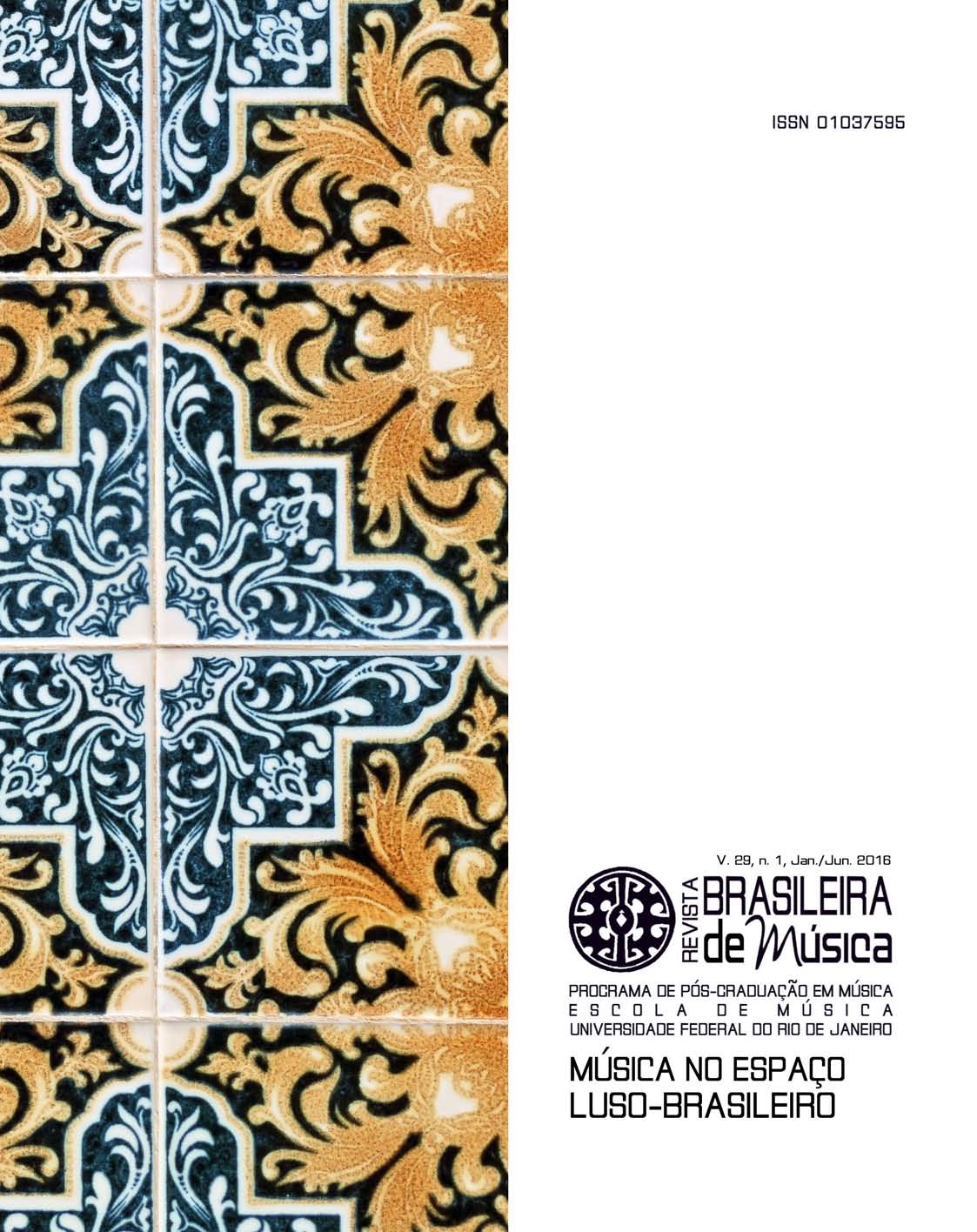“Ad dissonantiam per consonantiam”: the scope and limits of Darius Milhaud´s system of “Polytonalité harmonique”: the esthesic level (Part 2)

Resumo
The first part of this study, published in a previous issue of this journal, discussed the Polytonalité Harmonique system, proposed by Darius Milhaud in 1923, from the perspective of the Molino & Nattiez’s tripartitional categories of the “immanent” and “poietical” levels. In continuation, this second part examines the system of “harmonic polytonality”, and some early controversies surrounding polytonality, from the perspective of the “esthesic level”. It is also suggested that the more general, and actually fundamental principle behind the system of “harmonic polytonality” – i.e., the compositional choice, among all possible “dissonant” vertical aggregate chords, of those which are decomposable into traditional “consonant” chords (accords classés) – applies well beyond the early twentieth-century répertoire, including later composers, such as Messiaen, Ligeti, Schnittke, Glass, Widmer, and Krieger.Palavras-chave
Harmonic polytonality, polyharmony, polymodality, set theory, tripartition, Carnatic modes, Charles Koechlin, Darius Milhaud, Igor Stravinsky
Downloads
Não há dados estatísticos.